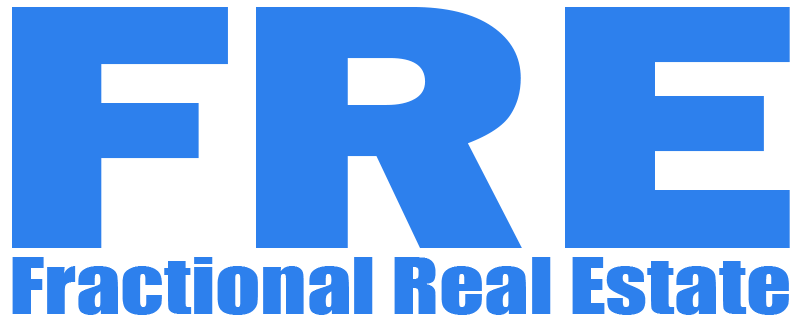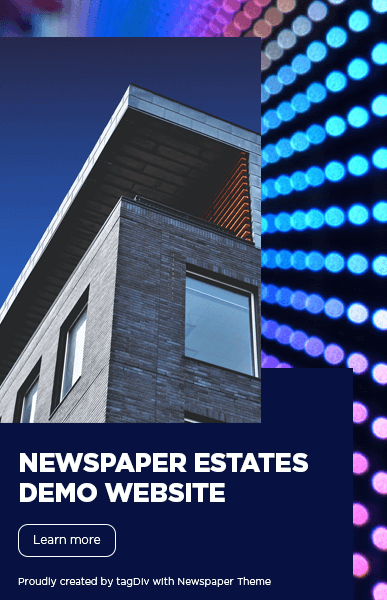The idea of “green buildings” has become a key trend in the always changing real estate industry, influencing the direction of sustainable real estate development going forward. Green buildings are quickly becoming an essential component of contemporary architecture and urban planning due to rising environmental consciousness and the desire for eco-friendly techniques.
Green buildings: What Are They?
Green buildings are made, built, and run with the intention of improving tenant health and minimizing their negative effects on the environment. To reduce their carbon footprint, these buildings make use of cutting-edge technologies, energy-efficient systems, and sustainable building materials. The main goal is to establish a harmonic balance between nature and the built environment.
The advantages of green buildings
- Reduction of Environmental Impact
Green buildings use renewable energy sources and energy-efficient equipment to drastically cut greenhouse gas emissions. Green roofs, wind turbines, and solar panels are a few features that help reduce the building’s overall energy usage. - Financial Savings
Green buildings may require a larger initial investment, but there are significant long-term savings. Utility expenditures are lowered by energy-efficient systems, and overall costs are decreased by sustainable materials, which often require less maintenance and have a longer lifespan. - Better Health of Occupants
Indoor environmental quality is prioritized in green buildings. They create better living and working environments by utilizing non-toxic materials, making sure there is enough ventilation, and maximizing natural light. As a result, residents may experience an improvement in well-being and productivity. - Green Building Certifications
A number of certification processes have been established to guarantee the legitimacy and efficacy of green buildings. Two of the most well-known certifications are BREEAM (Building Research Establishment Environmental Assessment Method) and LEED (Leadership in Energy and Environmental Design). These initiatives promote best practices in green building design and construction by evaluating buildings according to a range of sustainability criteria.
Novelties in Eco-Friendly Structures
- Astute Integration of Technology
Smart technology are commonly integrated into green buildings to maximize energy efficiency. Energy efficiency is increased via automated lighting, heating, and cooling systems that change according to occupancy and outside factors. - Eco-Friendly Materials
One characteristic of green buildings is the use of sustainable materials. Reclaimed wood, bamboo, and recycled steel are common options. These materials offer durability and aesthetic appeal in addition to lessening their impact on the environment. - Conserving Water
Water-saving technology like rainwater harvesting systems, greywater recycling, and low-flow fixtures are implemented in green buildings. These developments support sustainable water management by lowering water use.
Sustainable Real Estate Development’s Future
The need for sustainable places to live and work is increasing as urbanization rises. Green buildings are going to be a major part of this change. Its approaches are becoming more widely used as a result of increased rules and incentives from governments and organizations around the world.
Possibilities and Difficulties
Despite the obvious advantages of green buildings, there are still difficulties. Widespread adoption may be hampered by expensive initial expenditures and the requirement for specialized skills. But as technology develops and more prosperous green construction initiatives appear, these difficulties are getting easier to solve. The real estate sector is beginning to understand the need of making sustainable investments due to their long-term financial advantages as well as their positive effects on the environment.
In summary
Green buildings represent the direction of sustainable real estate development, not merely a passing fad. Through the integration of energy-efficient solutions and environmentally-friendly designs, these buildings present a feasible route towards a more sustainable and health-conscious built environment. Green buildings will surely have a big impact on how our towns and communities develop in the future as demand for them increases.
Not only is it a wise commercial decision, but integrating green buildings into real estate development’s core is also a critical step in guaranteeing future generations’ access to a sustainable future. Although there is still work to be done before green buildings are widely adopted, the end goal is a world that is more sustainable, brighter, and greener.


